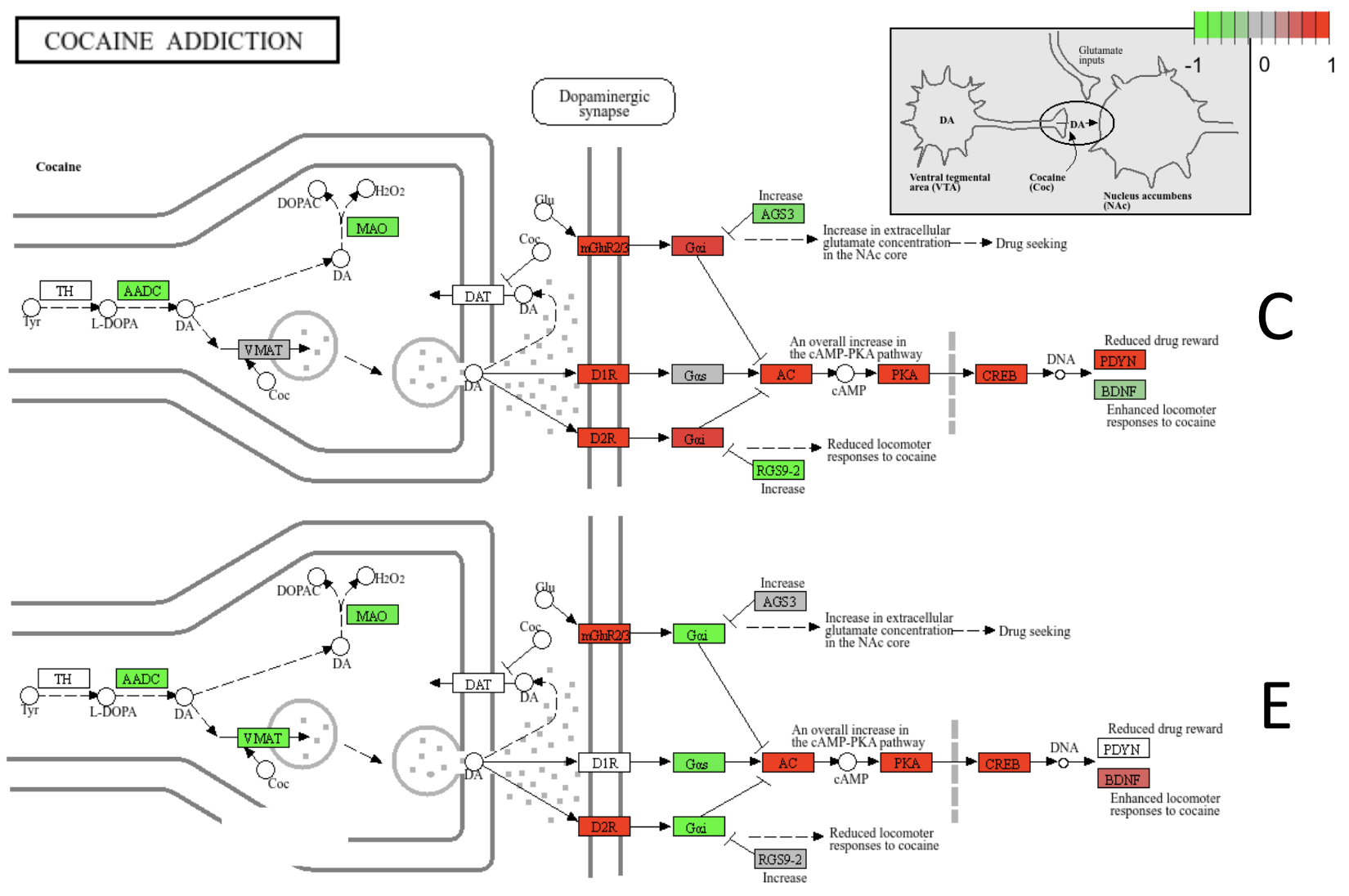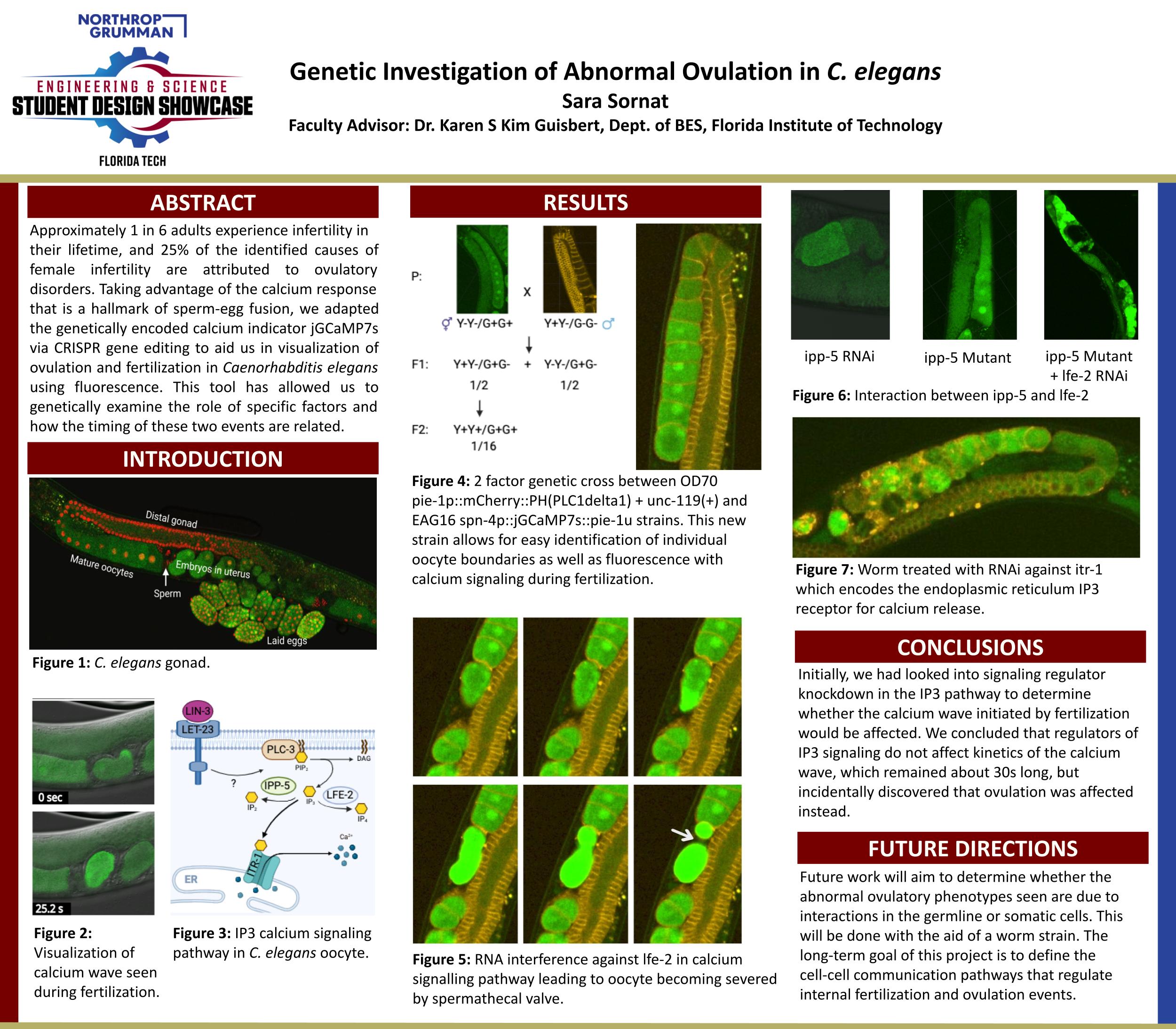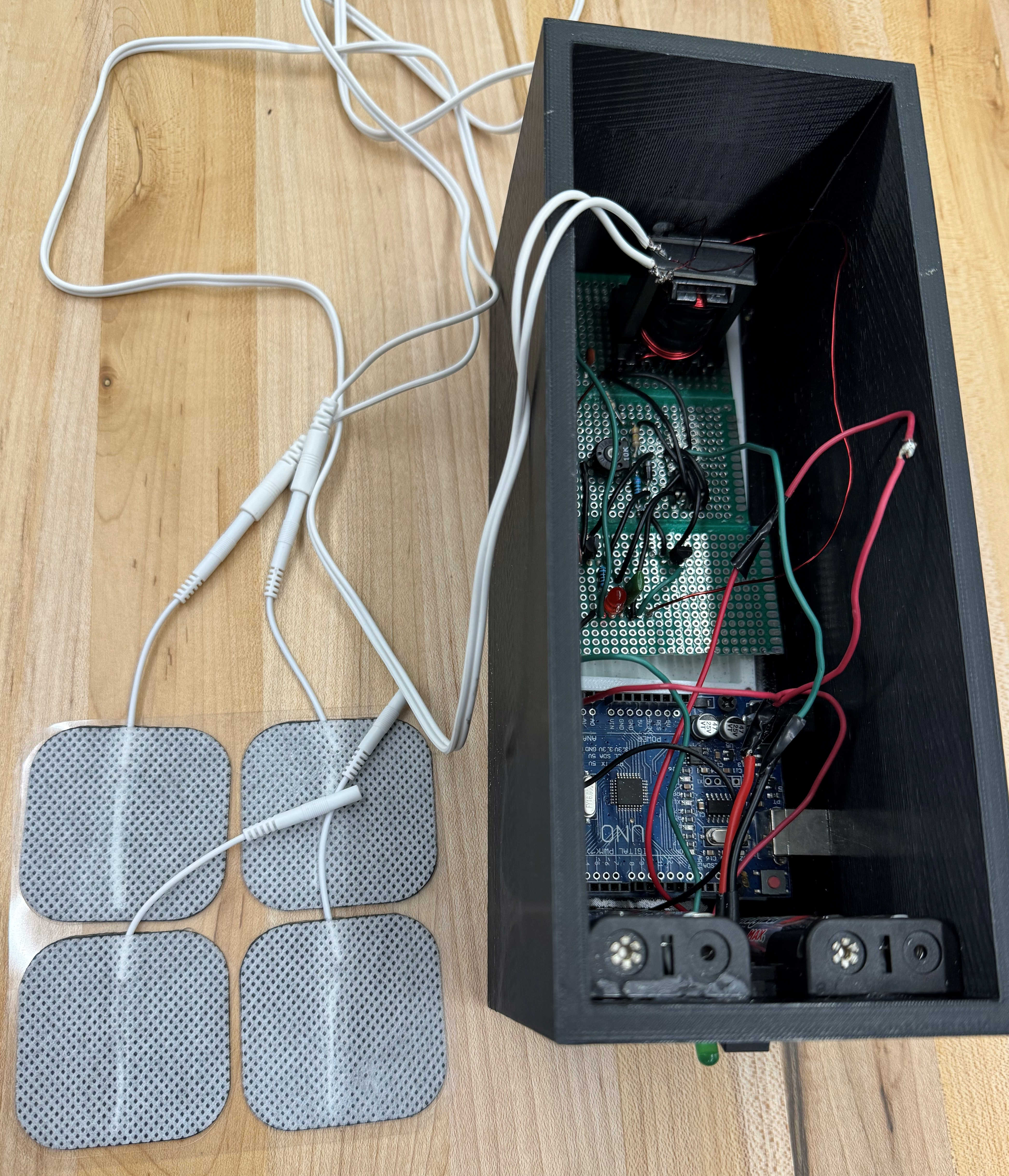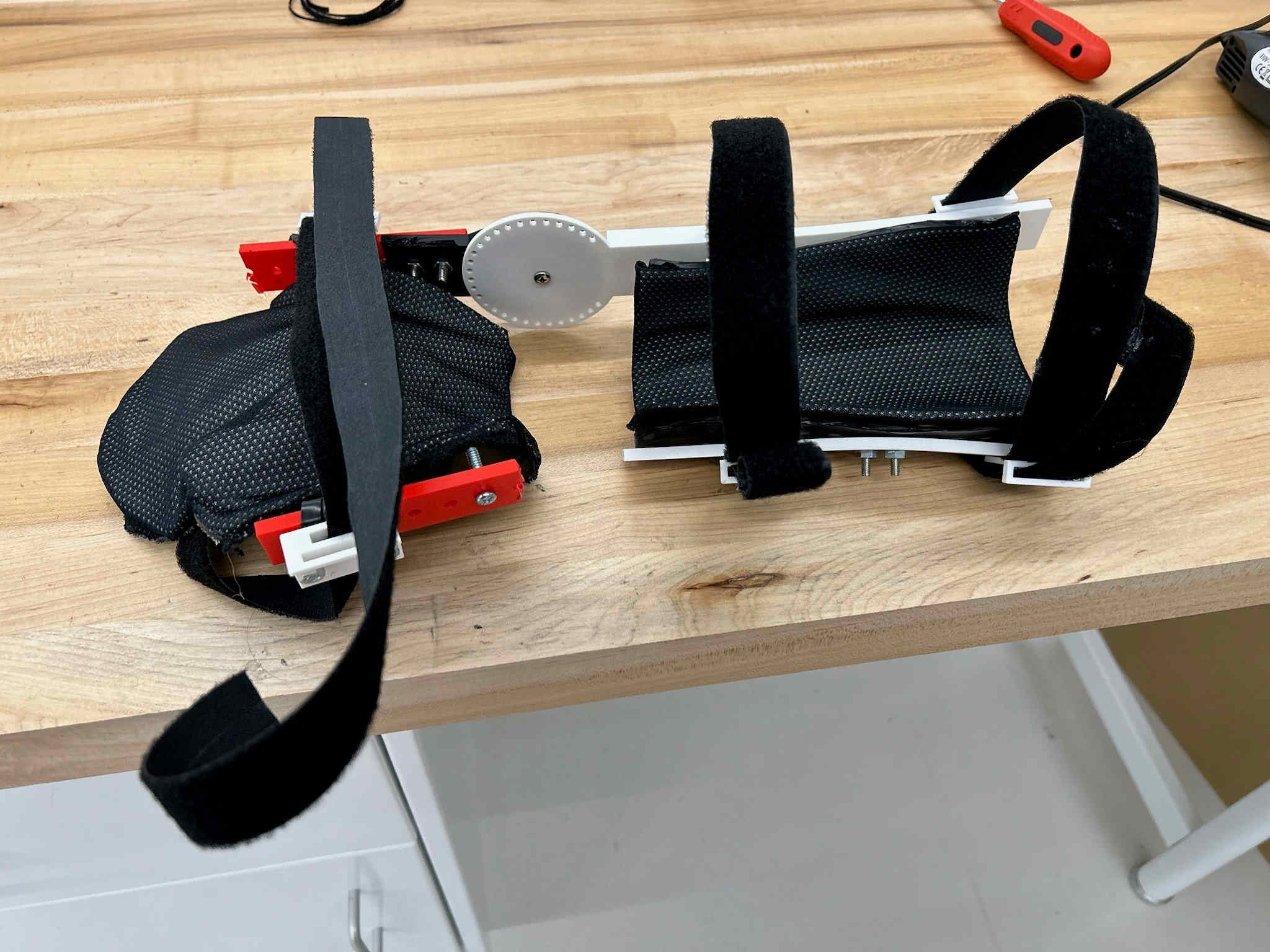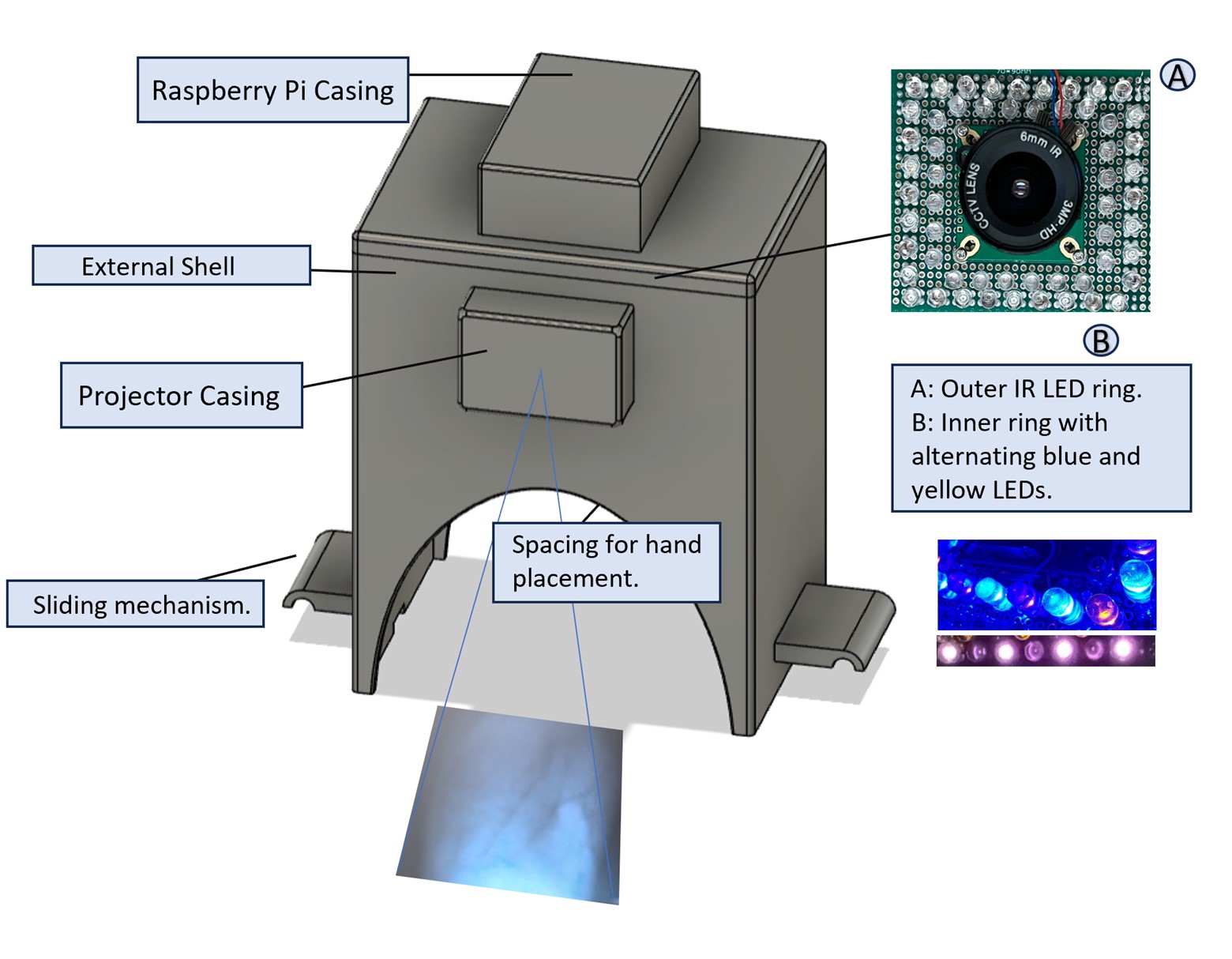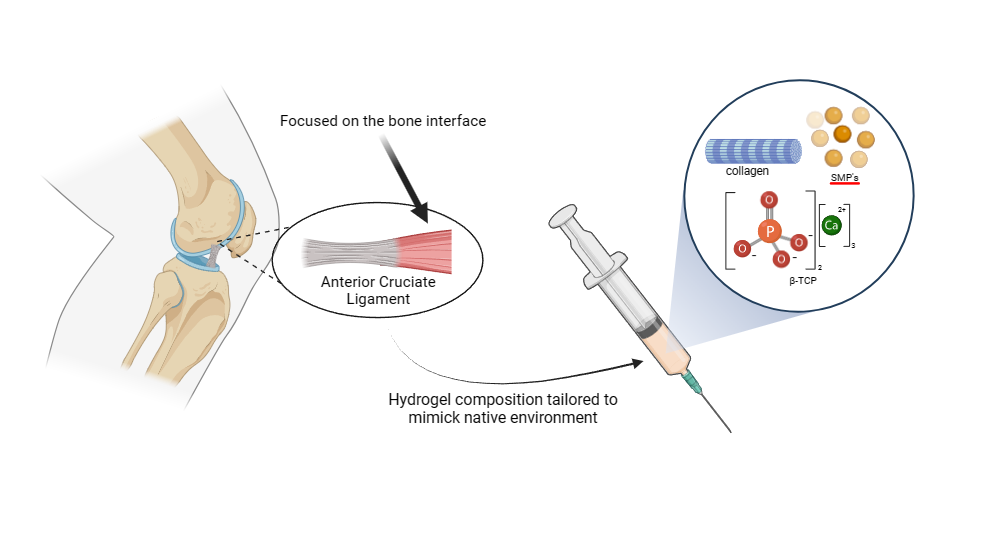Project Summary
Amblyopia, commonly known as lazy eye, affects approximately 4% of the U.S. population, translating to around 10 million individuals. This condition can develop over an individual's lifetime or may be present from birth, particularly in premature birth. Amblyopia is characterized by an imbalance in the muscle tension of the eyes, leading to misalignment and improper coordination between the two eyes. Traditional treatment involves strabismus surgery, which aims to correct this misalignment by adjusting the tension in the eye's muscles. While strabismus surgery primarily focuses on the misaligned eye, achieving symmetrical alignment and coordination between both eyes is the ultimate objective. However, adjustments to the misaligned eye muscles can sometimes inadvertently impact the unaffected eye. This interaction may lead to complications, including impaired vision in both eyes. To address these challenges, our team developed a force sensor, StrabiSense, explicitly designed for strabismus surgery. This innovative device will provide surgeons with real-time, quantifiable data on the force exerted by the extraocular muscles during the surgical procedure.
Project Objective
Our project aims to significantly advance the field of strabismus surgery by integrating a force sensor named StrabiSense into the standard surgical protocol. The primary objective is to provide surgeons with quantitative data to enhance the precision and effectiveness of surgical procedures. The StrabiSense is designed to measure the force exerted on the extraocular muscles during strabismus surgery and provide a quantitative assessment of muscle tension and deformation, enabling surgeons to make more informed decisions during eye muscle adjustment.
Manufacturing Design Methods
Our team redesigned the traditional strabismus surgery hook, introducing a compact, precision-enhanced device. This advanced tool features a shortened hook secured by a drill screw headpiece for optimal stability during procedures. A state-of-the-art strain gauge integrated beneath the hook mechanism is central to our design. This gauge accurately measures the force exerted on the eye muscle, transforming mechanical deformation into reliable data. As the hook engages the muscle, the device calculates the force applied. This information is displayed on an LED screen, guiding surgeons to tighten or loosen the muscle for optimal surgical outcomes. Our device represents a leap forward in surgical precision, offering real-time feedback that enhances patient safety and procedure efficacy. Our device is embedded with the Arduino Nano 33 BLE Sense, a module with a wireless connectivity feature. This enables integration with external devices, including computers and, shortly, a dedicated smartphone app. Our device facilitates real-time data transmission through this wireless capability, ensuring critical surgical information is always at the surgeon's fingertips.
Specification
Our surgical tool incorporates a modified strabismus surgery hook attached to a drill screw head bit. This component is precisely engineered to interact dynamically with our force sensor, facilitating the accurate force data exerted by the extraocular muscles during surgery. The force data is immediately transmitted to an Arduino Nano Sense BLE 33 microcontroller upon collection. The results of the data analysis are displayed via an LCD screen, which indicates the force levels through a color-coded system. A slide switch is incorporated into the design for power control, allowing surgeons to turn the device on or off as needed. The device includes a charging port on its base for enhanced convenience and usability in surgical environments.
Analysis
Our novel strabismus force sensor offers a groundbreaking approach to revolutionizing strabismus surgery. StrabiSense will streamline and standardize strabismus surgery by redefining the surgical landscape, ensuring accuracy and consistent results. The device is affordable without compromising quality or functionality. Our device is convenient, has wireless capabilities, and is portable since it does not require constant electrical outlet access, enhancing ease of use. Our sensor removes the guesswork from strabismus surgeries for training purposes, providing a reliable education and skill development tool. Our tool will allow strabismus surgeons to enhance surgical precision and a standardized procedure.
Future Works
Future improvements will emphasize refining the product's design to ensure it is more streamlined and visually appealing. The focus will be optimizing the device for ease of handling while integrating ergonomic principles to enhance user comfort and operational efficiency. Plans to develop an app designed explicitly for surgeon interaction. This advanced tool will facilitate real-time data exchange and decision-making support, enhancing surgical procedures' precision and effectiveness. Recognizing the paramount importance of sterilization in medical environments, our future models will incorporate state-of-the-art autoclavability features. Making the device smaller to cater to diverse medical scenarios. This development will further improve the ease of handling by medical professionals. It will also expand the device's applicability to a broader range of surgical environments and patient anatomies.
Manufacturing Design Methods
Our team redesigned the traditional strabismus surgery hook, introducing a compact, precision-enhanced device. This advanced tool features a shortened hook secured by a drill screw headpiece for optimal stability during procedures. A state-of-the-art strain gauge integrated beneath the hook mechanism is central to our design. This gauge accurately measures the force exerted on the eye muscle, transforming mechanical deformation into reliable data. As the hook engages the muscle, the device calculates the force applied. This information is displayed on an LED screen, guiding surgeons to tighten or loosen the muscle for optimal surgical outcomes. Our device represents a leap forward in surgical precision, offering real-time feedback that enhances patient safety and procedure efficacy. Our device is embedded with the Arduino Nano 33 BLE Sense, a module with a wireless connectivity feature. This enables integration with external devices, including computers and, shortly, a dedicated smartphone app. Our device facilitates real-time data transmission through this wireless capability, ensuring critical surgical information is always at the surgeon's fingertips.
![]()


